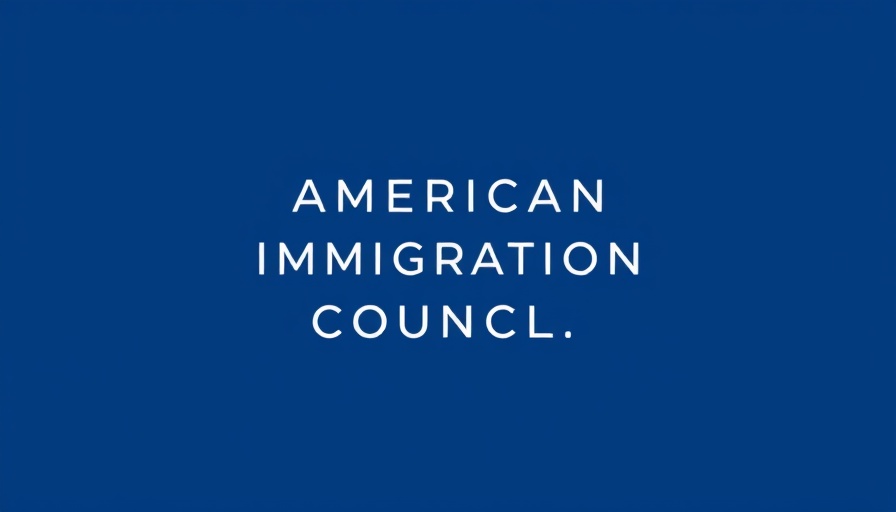
New Trends in Immigration Law: Understanding the Shift
The landscape of immigration law in the United States is undergoing significant changes with new policies introduced by the Department of Justice (DOJ) under the current administration. These changes are particularly relevant for employers, employees, and those involved in immigration processes.
Increased Denaturalization Focus
On June 11, 2025, the DOJ signaled a shift towards increased enforcement, focusing on denaturalization efforts. This revitalization of civil denaturalization processes may result in heightened scrutiny of naturalized employees who may become targets due to alleged misrepresentations during their immigration or naturalization processes. Employers in areas with sanctuary policies should take note, as these changes could lead to enhanced legal exposures, and it's advisable for mobility teams to reassess their processes to better protect affected staff.
Good News for Haitian TPS Holders
In a more supportive move, a federal judge recently blocked the premature termination of Temporary Protected Status (TPS) for Haitian nationals. Originally set to end on September 2, 2025, this ruling provides vital relief for nearly 500,000 individuals, allowing them to maintain work authorization while adjusting to their immigration conditions. Employers should consider this relief as an opportunity to plan better support systems for impacted employees.
Implications of TN Nonimmigrant Eligibility Changes
Additionally, U.S. Citizenship and Immigration Services (USCIS) announced revised guidelines for TN nonimmigrant eligibility under the USMCA. These changes may restrict eligibility for certain occupations, indicating a more stringent assessment process in aligning job descriptions with academic qualifications. As such, companies should review their roles and ensure compliance with these new standards to prevent future disruptions.
August Economic Impacts
Lastly, the 'One Big Beautiful Bill Act,' which recently passed in the U.S. House, introduces new immigration fees and restrictions. Though specific details remain to be fully outlined, it’s essential for financial institutions and mobility teams to follow the evolution of this legislation closely, as its implications on the hiring landscape and operational costs will be significant.
As these key changes unfold, businesses and financial institutions must stay informed of their implications on immigration practices, ensuring both compliance and support for affected workers.
 Add Row
Add Row  Add
Add 




Write A Comment